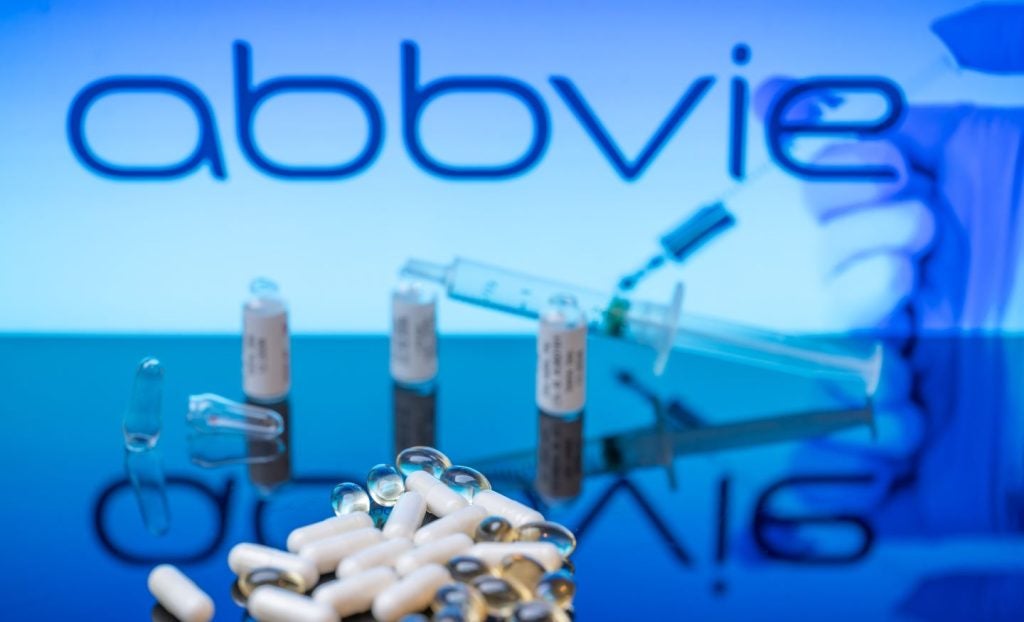
Using supercritical fluids to sterilise processes, equipment and bioreactors in pharmaceutical manufacturing is driving new insights and innovations.
Supercritical fluids use is a fairly new sterilisation application growing in popularity in pharmaceuticals. It comes at a time when the industry seeks solutions to effectively manage infection risk and address healthcare system constraints in supply chains, labour and general efficiency.
Automation, sustainability and improving global supply chain vulnerabilities have emerged as leading drivers in sterilisation, with supercritical fluids in chemical processing proving a key area for application.
The next era in industrial sterilisation
Supercritical fluids have become a core area of focus for research and development (R&D) today, evolving and shaping industrial sterilisation in pharmaceutical applications. “Recent innovations, such as supercritical fluids, are more focused on pharmaceutical applications for now,” says Dr. Atila Nozari, senior Medical Science Liaison of PMP, 3M, which provides sterilisation monitoring technology for central sterilisation programmes in acute care and hospital settings.
A supercritical fluid is highly compressed and brings together liquid and gaseous properties. It provides pharmaceutical manufacturers with a clean technology-led application, as no organic solvents are used while processing the materials. These fluids act as replacement solvents to sterilise processes and equipment, removing microorganisms and reducing the likelihood of infection transmission. The most commonly used solvent is carbon dioxide (CO2).
A fluid becomes supercritical by increasing the temperature and pressure of a substance beyond its critical point, which modifies the fluid’s properties. Such a fluid can utilise its beneficial dual properties, of gas and liquid, to perform in ways that can sterilise pharmaceutical equipment. A supercritical fluid has a density equivalent to liquid and gas-like diffusion and viscosity characteristics.
Manufacturers can use these fluids to process various plant extracts, including antioxidants (diterpenes) and phytosterols (triterpenes), as well as produce active pharmaceutical ingredients via micronisation and impregnation.
Supercritical fluids as a novel system
Pharmaceutical materials and equipment differ in chemical composition and physical temperaments, requiring different sterilisation methods to ensure their applicability and effectiveness.
Traditional sterilisation methods include thermal, radiation, filtration or chemical processes. Chemical sterilisation methods are often used for systems that cannot be sterilised via any of these other methods or where different approaches would be unrealistic and too challenging to deliver within the healthcare environment.
Supercritical fluids provide an advanced and relevant method in sterilisation to inactivate bacteria, fungi, yeasts and viruses by combining their gaseous and liquid properties. Pharmaceutical manufacturers have recently gravitated towards this sterilisation approach as it can diffuse solids and dissolve materials. The technology works by dissolving or dispersing drug and carrier molecules in the supercritical solvent (CO2) at conditions that reflect critical temperature and pressure levels.
The molecules are sprayed into the expansion or collecting chamber at lower pressure conditions via a nozzle. Rapid expansion, density changes and an increase in solvent power occur within the materials, causing fast nucleation of the drug and carrier molecules. As a result, solid dispersions are created in a short timeframe and at desired particle size.
Due to the lower temperature and high-dissolving characteristics of supercritical fluids, the solution is favoured to maximise the effectiveness of sterilisation of equipment, including bioreactors, a device or system that supports a biologically active environment whereby chemical processes occur.
Within these vessels, enzymes transform raw materials into biochemical products or more desirable offerings. Ensuring bioreactors are free from contamination and of optimum environmental quality to develop products is vital. Effective sterilisation is, therefore, crucial to provide this assurance. Supercritical fluids provide an enhanced method of comprehensive sterilisation of bioreactors to provide clean and safe preparation before producing pharmaceutical products.
Optimum technology
Supercritical fluids technologies are rising in prominence to overcome existing challenges with technologies such as spray drying, evaporation and extraction.
In 2022, researchers at the University of Coimbra (UC) developed a new aerogel using this technology and natural polymers for medical and pharmaceutical applications, particularly regenerative medicine. “By using supercritical fluid technology for aerogel preparation and sterilisation, we ensure biocompatibility by interacting with the body without causing major side effects compared to synthetics and organic solvent residues from its processing,” said Maria Braga, a researcher on the study.
Supercritical fluid extraction of emulsions (SFEE) uses the unique mass transfer mechanism and solvent power properties of these fluids to improve the finished drug product. A 2021 research study explored SFEE’s role in preparing micro or nanoparticles for developing formulations with enhanced physiochemical and clinical properties in the end drug. Researchers confirmed that SFEE could be applied to various drugs, including water-soluble and poorly-soluble ones.
As researchers in another 2021 study on this topic highlighted; “the solubility of a substance in (CO2) plays an important role in the success of the formulation”. The findings that SFEE works in good and poor solubility indicate its widespread applicability.
Additionally, the researchers state that the SFEE method benefits conventional micro or nanoparticle technologies, including low organic solvent residual, desirable release control, and better particle size control, among other things
“It is expected that SFEE technology will be an excellent technology for manufacturing solid micro/nanoparticles with superior quality to those of existing particle manufacturing technologies,” said the researchers. Due to its mild process temperature, the researchers recommended: “SFEE can be the first choice for particle manufacturing of biopharmaceuticals when considering stability”.
Keeping up with today’s healthcare demands
Supercritical fluids development seeks to provide an effective sterilisation method and optimise the end drug product. Sharing what’s behind innovation in sterilisation, Nozari says: “Improving global supply chain vulnerability, labour constraints and shocks posed to healthcare systems, as we saw during the Covid-19 pandemic.”
“The ultimate goal of this work is to improve patient safety by reducing the risk of infection,” says Nozari. “Continued research and innovation in sterilisation techniques, processes and systems will help reduce the risk of infection while still helping meet industry sustainability goals,” Nozari details.






